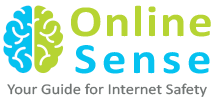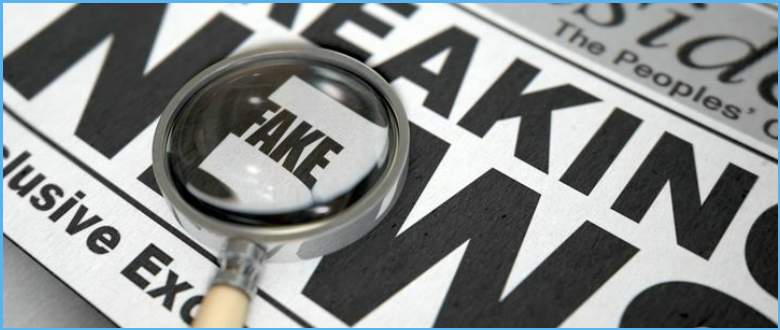Everyone is using the term fake news these days, and the online world is under tremendous pressure to distinguish fact from fiction, and true headlines from completely misleading headlines.
As the fake news epidemic spreads and people across the world are getting misled by rumour instead of good old factual news, fact-checking organisations are now working towards addressing this issue.
One of these organisations is the First Draft Coalition, which operates around the world. This collation recently worked with journalists in German during elections in that country to prevent fake news (sometimes spread to favour certain political parties) from impacting the elections.
Let’s see how this collation addressed fake news during the German elections. They published a daily newsletter investigating the most popular stories on social media, suspected of being false, or highly misleading.
Become a certified Digital Marketer who everyone wants to hire!
Here’s what a representative of the coalition has to say, “Sometimes when we watch a video online, it might have a caption that explains what’s happening in the video. But in fact, it might be a completely unrelated footage that’s made to look like something else.”
For example, during the election, a video of a few immigrants in Germany was flashing their passports and shouting. This video was tweeted, mentioning that these immigrants were insulting local people. However, in reality, it was the video of a few immigrants being insulted by hundreds of people, and they were simply reacting to the insults. The Twitter post was completely misleading!
The problem is that anything might look believable when it’s published online, and there is an ongoing debate about whether the platforms on which the stories are published should be the ones to police them.
Companies like Google and Facebook are working closely with fact-checking and media organisations around the world to make sure that good quality, factual journalism reaches people, instead of fake news.
Recently Google changed its ad policy to discourage misleading news websites from spreading false information.
Can you identify fake news? The good news is, you can to a great extent if you follow these tips:
First, ask yourself if you are familiar with the source of the news. Is it a legitimate website? Has it been reliable in the past? If a website has not been reliable in the past, you may not want to trust it.
If a provocative headline draws your attention, read about it a little more before sharing it with anyone. Even in factual news stories, the headlines don’t always tell the complete story.
Here are other signs of fake news you should watch out for.
- Check with the author of the news actually exists (A simple google search can reveal that)
– - Many times bogus stories cite officials or official-sounding sources, but once you look into it, the source doesn’t back up the claim. Check other reputed websites (e.g. Gulf News, Khaleej Times and The National) to find out if the sources quoted in the bogus story has actually said something like that in stories printed by legitimate publications/websites
– - Same false news stories aren’t completely untrue, but rather a distortion of real events. These false claims can take a legitimate news story and twist what it actually says. You can run a Google search for keywords related to such stories and cross-check that information on legitimate websites
– - Sometimes websites write satirical articles related to real events. This can have twisted facts to make fun of a newsworthy development, statement or person. But it’s important to understand that such satire is actually real news
It’s important to understand that if you fall for fake news, and share it with others, you might be spreading rumours.
The most important rule is, always crosscheck a news through legitimate sources to confirm if it is true.


